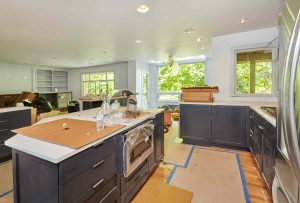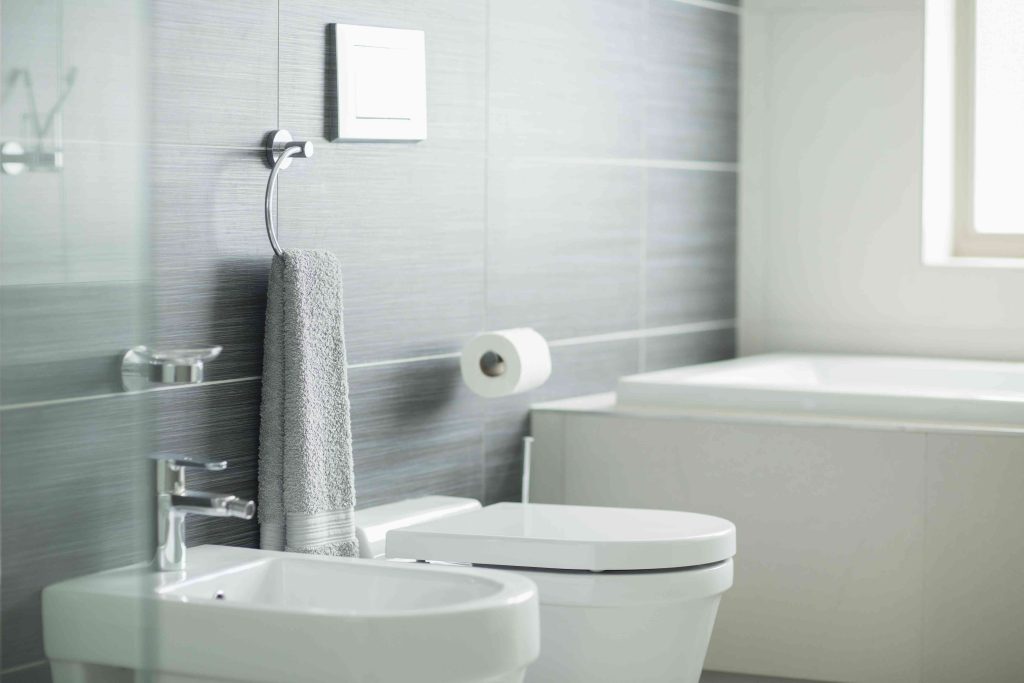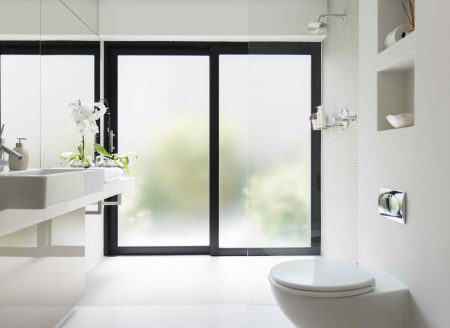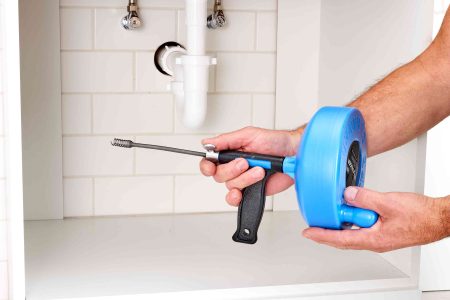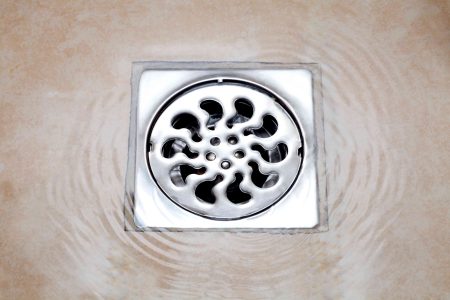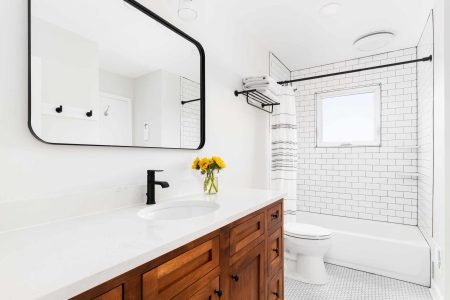Bathroom accessories are typically among the last items to be installed during a remodel or new construction job. This is also an area where it’s easy to make mistakes, resulting in costly damage to tile work and other finishes. Get it right the first time by following the standard guidelines and making sure each item fits the bathroom layout.
Standard installation heights often are more like recommendations than hard-and-fast rules. However, if the project must be ADA (Americans with Disabilities Act) compliant, be sure to follow the specified requirements. And for any project, double-check with the local code authority for rules that apply in your area. Many bathroom hardware details and other design recommendations are published by the National Kitchen & Bath Association (NKBA).
Towel Bars and Rings
As a general rule, towel bars and other towel hardware should be conveniently located near each sink and bath fixture. Bars usually work best on the longest wall in the bathroom and should be as long (horizontally) as possible. Towel hooks and robe hooks can be used alone or in groups and fit more easily on short walls than towel bars.
Standard towel bars should be 42 to 48 inches above the floor. Hotel-style towel racks (which incorporate towel bars and a top shelf and are usually installed above the toilet) should be at least 48 inches above the floor. Towel or robe hooks should be 70 inches above the floor. Multiple hooks should be spaced a minimum of 9 inches apart. Towel rings should be at least 20 inches above the vanity countertop, as applicable.
Mirrors
Mirrors can be installed at different heights, depending on the type of mirror. As a general guideline, they should be installed between 38 and 42 inches above the finished floor, measured to the bottom edge of the mirror.
Mirrors typically are centered over sinks or vanity countertops, but this can vary according to the bathroom layout and mirror size. When a bathroom is used by the public, it is recommended to have at least one full-length mirror.
Soap Dish or Dispenser
Soap dishes should be installed between 44 and 54 inches above the finished floor and should be positioned out of the shower spray. A soap dispenser must be installed at a minimum of 40 inches and a maximum of 48 inches above the floor. The dispenser’s push button should be no more than 44 inches above the floor.
Toilet Paper Holder
The ADA recommends installing the toilet paper holder anywhere between 15 and 48 inches from the floor. The NKBA, on the other hand, recommends 26 inches as the ideal height. The NKBA also states that the holder should be 8 to 12 inches in front of the front edge of the toilet, measured to the center of the holder.
Wall Cabinets
Bathroom wall cabinets are normally installed at 54 inches above the floor. This provides 18 inches of clearance above a standard 36-inch-tall vanity (with countertop). Cabinet height can vary with different vanity heights (or toilet heights, when a cabinet is mounted above the toilet), but a minimum of 18 inches of clear space above the vanity is recommended.
Grab Bars
Rules and recommendations for installing grab bars cover a wide range of applications for both residential and commercial environments. Always consult the local code authority for requirements specific to the project. In many cases, reinforcements for grab bars should be installed prior to finishing the walls or installing shower or tub finishes.
A few basic requirements for grab bars include:
- Toilets: According to ADA requirements, each toilet needs a grab bar that is at least 42 inches long installed horizontally on the side wall nearest the toilet; this should be located 12 inches at most from the rear wall (behind the toilet). In addition, the rear wall should have a 36-inch grab bar centered over the toilet tank (a 24-inch grab bar is acceptable if space is limited).
- Bathtubs without permanent seats: The ADA standards state that the back wall (parallel to the length of the tub) needs two grab bars, each at least 24 inches long. The ADA also recommends that the upper bar should be 33 to 36 inches above the floor; the lower bar should be 8 to 10 inches above the tub rim. Both bars may be no more than 12 inches from the foot-end wall and 24 inches from the head-end wall. The foot-end wall needs a 24-inch (minimum) bar starting at the tub’s front edge. The ADA standards also state that the head-end wall needs a 12-inch (minimum) bar starting at the tub edge. Additionally, the end wall bars should be 33 to 36 inches above the floor.
- Bathtubs with permanent seats: According to the ADA standards, the back wall needs two bars, one at 33 to 36 inches above the floor, and one at 8 to 10 inches above the tub rim. The bars may be no more than 12 inches from the foot-end wall and 15 inches from the head-end wall. The foot-end wall needs a 24-inch (minimum) bar starting at the front edge of the tub.
- Roll-in shower: Each wall needs a bar at 33 to 36 inches above the floor and no more than 6 inches from the adjacent wall. A bar is not required on a wall with a seat.
- Transfer shower: A continuous, or wraparound, bar must be installed along the control (faucet) wall and extending at least 18 inches along the back wall, at a height of 33 to 36 inches above the floor.
Read the full article here
